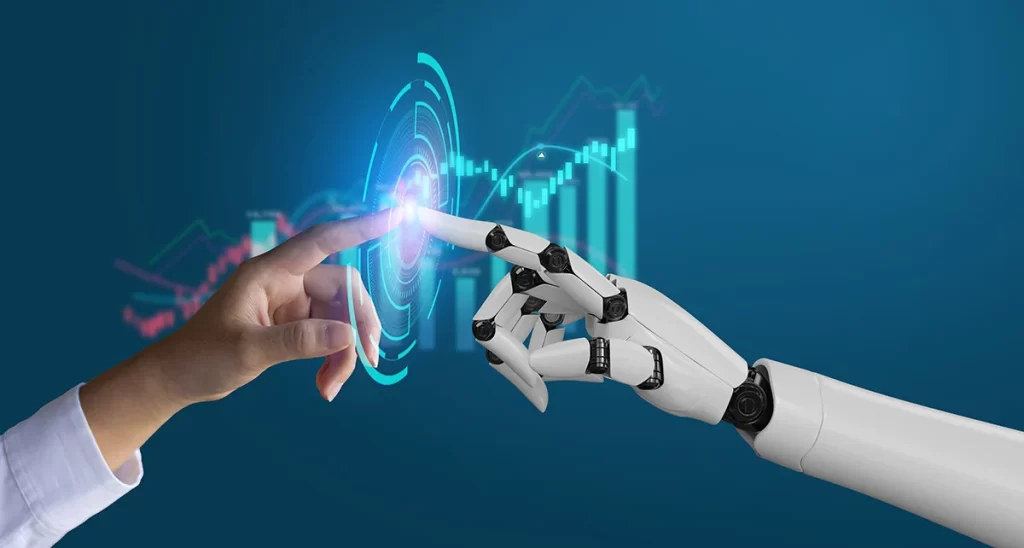Technology is the application of scientific knowledge to develop tools and systems, from simple inventions such as the wheel invented millennia ago, all the way up to modern-day artificial intelligence innovations driving modern advances.
Technology allows people to communicate in new and effective ways. Video calling apps have become extremely popular since the coronavirus lockdown, used daily by millions.
1. Artificial Intelligence
Artificial Intelligence (AI) uses technology to simulate human capabilities. It enables machines to carry out complex tasks more effectively while automating tedious, repetitive work. Today AI can be seen everywhere from music or clothing recommendations to operating self-driving cars.
As artificial intelligence algorithms are complex, it is vital that they respect basic human values. Computer programmers should incorporate ethics considerations into their code.
Cultural anthropologist Hanson holds that instead of artificial intelligence overtaking humans’ capabilities, humans and technology will share an symbiotic relationship. According to Hanson, instead of experiencing linear progress from man to machine, our tools will gain exponentially in power and sophistication over time, which will allow us to address more complicated problems like global warming more effectively.
2. Robots
As a result, robots are increasingly commonplace in workplaces today. From chatbot customer service representatives to computer programs tracking packages and moving them efficiently – robots are making our lives simpler – but does that indicate that they may be taking away our jobs?
Though robots were once widely predicted to replace human workers, studies have found that automation has not happened at the rate some predicted. Instead, robots are taking over more repetitive tasks like assembly line work and warehouse logistics more rapidly than some had feared.
Humans often suffer from “vigilance decrement”, an erosion in focus caused by repetitive tasks that leaves humans less concentrated. Robots don’t suffer this issue and so can perform consistently with reduced errors or mistakes, working in places like Pompeii where human workers would struggle.
3. Virtual Reality
Virtual reality (VR) is an immersive computer technology that creates realistic experiences by simulating human senses – sight, sound, touch, smell and taste – to produce an effect which “tricks” both eye and brain into believing what they see or experience is real.
VR technology has many applications in everyday life. For example, doctors can use this technology to practice surgery techniques that might otherwise be too risky or costly on patients’ actual bodies, and improve empathy by immersing themselves into elderly patient lives or those living with physical disabilities.
Other applications of VR technology include language and cultural immersion. A headset accessory from Vaqso allows users to experience foreign cultures from the comfort of their own homes; and VR is helping people overcome fears, traumas, or disorders by safely recreating traumatic events in controlled settings.
4. Bionics
Long before the term bionic was coined, inventors had long been modeling their machines after nature. Leonardo da Vinci based his flying machine design off bat wings as an inspiration; however, mimicking nature is easier said than done.
Scientists are making strides toward creating more realistic prostheses than ever, such as skin color, freckles, hair, veins birthmarks and tattoos.
Researchers are exploring methods to restore near-natural function to those suffering spinal cord injuries, through brain control technology that enables users to control leg and foot movements with just their thoughts. Yet this technology raises serious concerns over its potential to create an unequal playing field between those who can afford the best products versus those who cannot.
5. The Internet
The Internet is a globally accessible computer network that facilitates communication among a diverse array of computers. It has revolutionized communication, mass media consumption and commerce.
Some have claimed that Internet usage reduces real-life social interactions and leads to isolation, leading to depression, loneliness and other mental health problems. Other research indicates otherwise: it increases civic engagement and sociability while encouraging sharing of culture through art creation and sharing; moreover it provides us with a new platform for learning that has shown to induce changes in brains and cognitive functioning.



